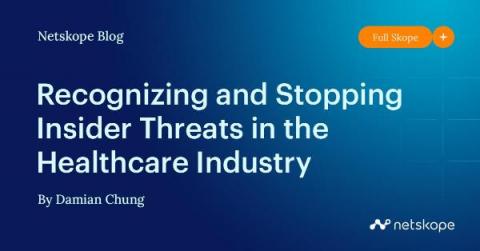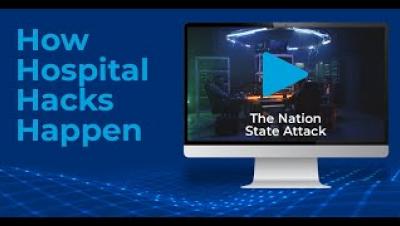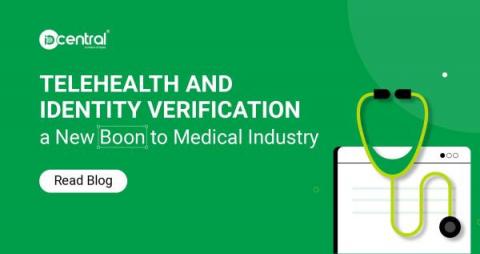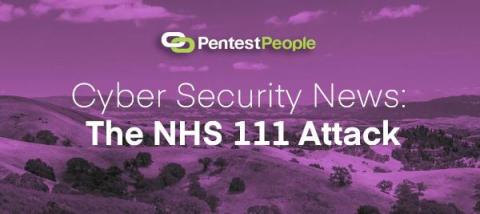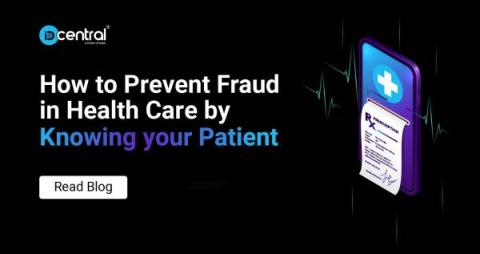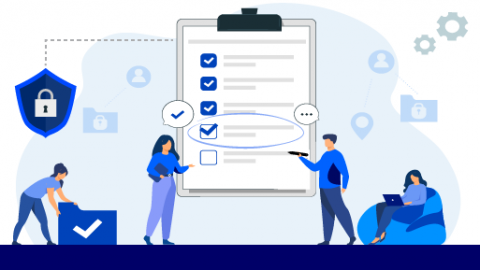FBI warns of criminals attacking healthcare payment processors
Millions of dollars have been stolen from healthcare companies after fraudsters gained access to customer accounts and redirected payments. In a newly-published advisory directed at the healthcare payment industry, the FBI warns that cybercriminals are using a cocktail of publicly-available Personally Identifiable Information (PII) and social engineering techniques to impersonate victims and obtain access to files, healthcare portals, payment information, and websites.



